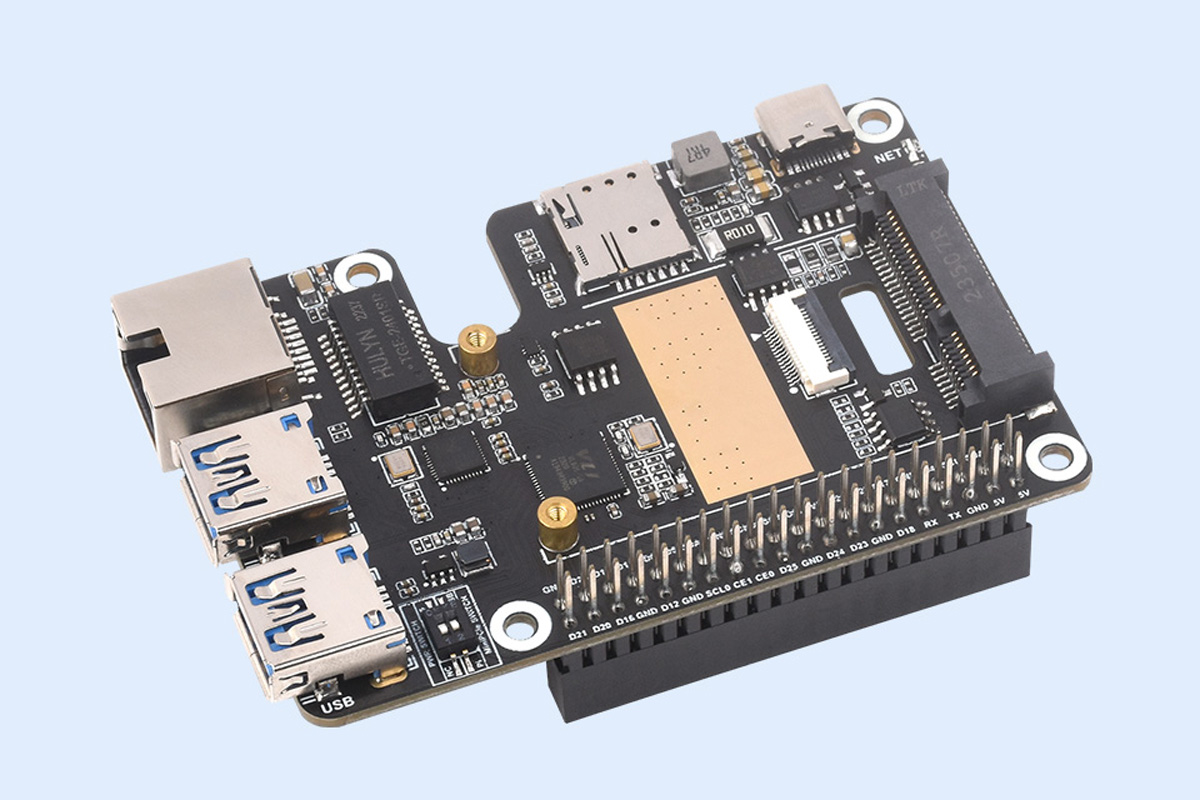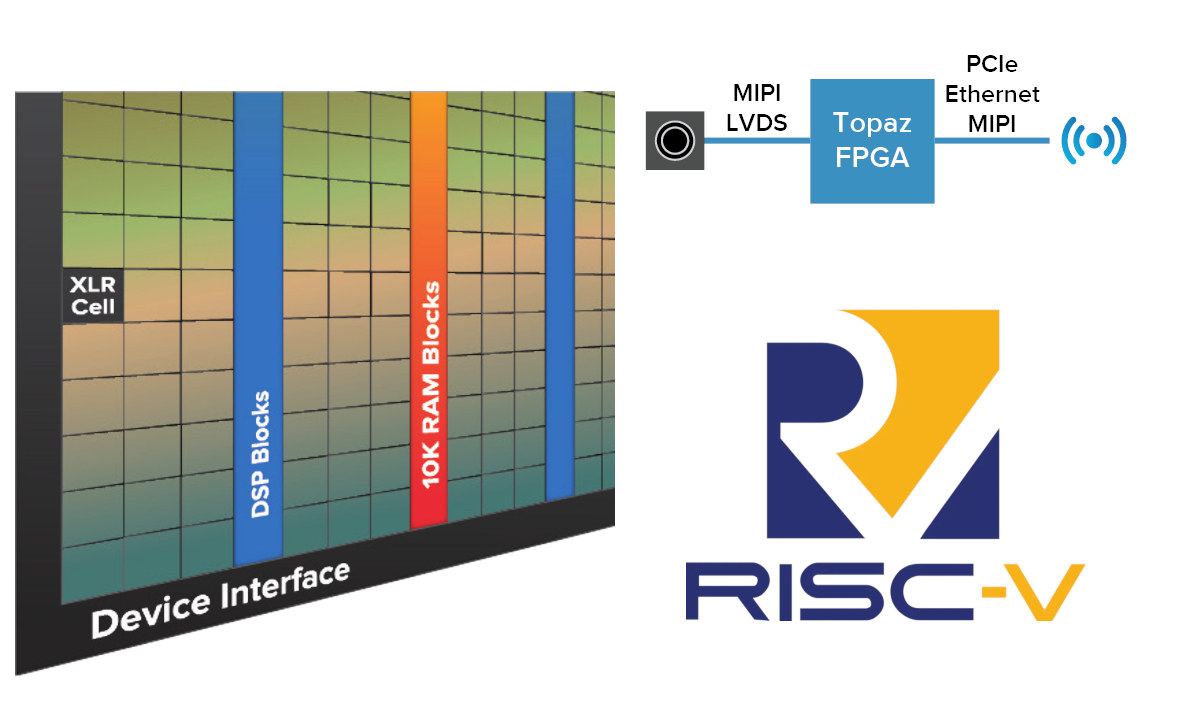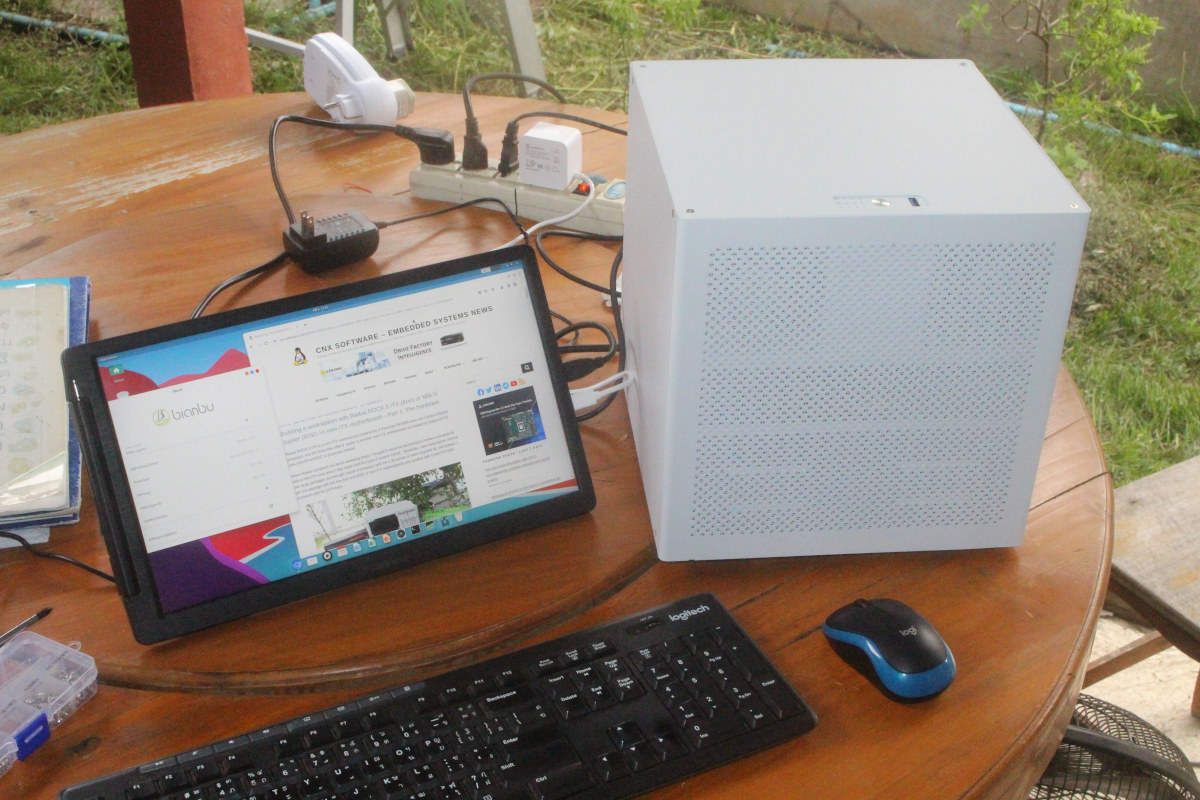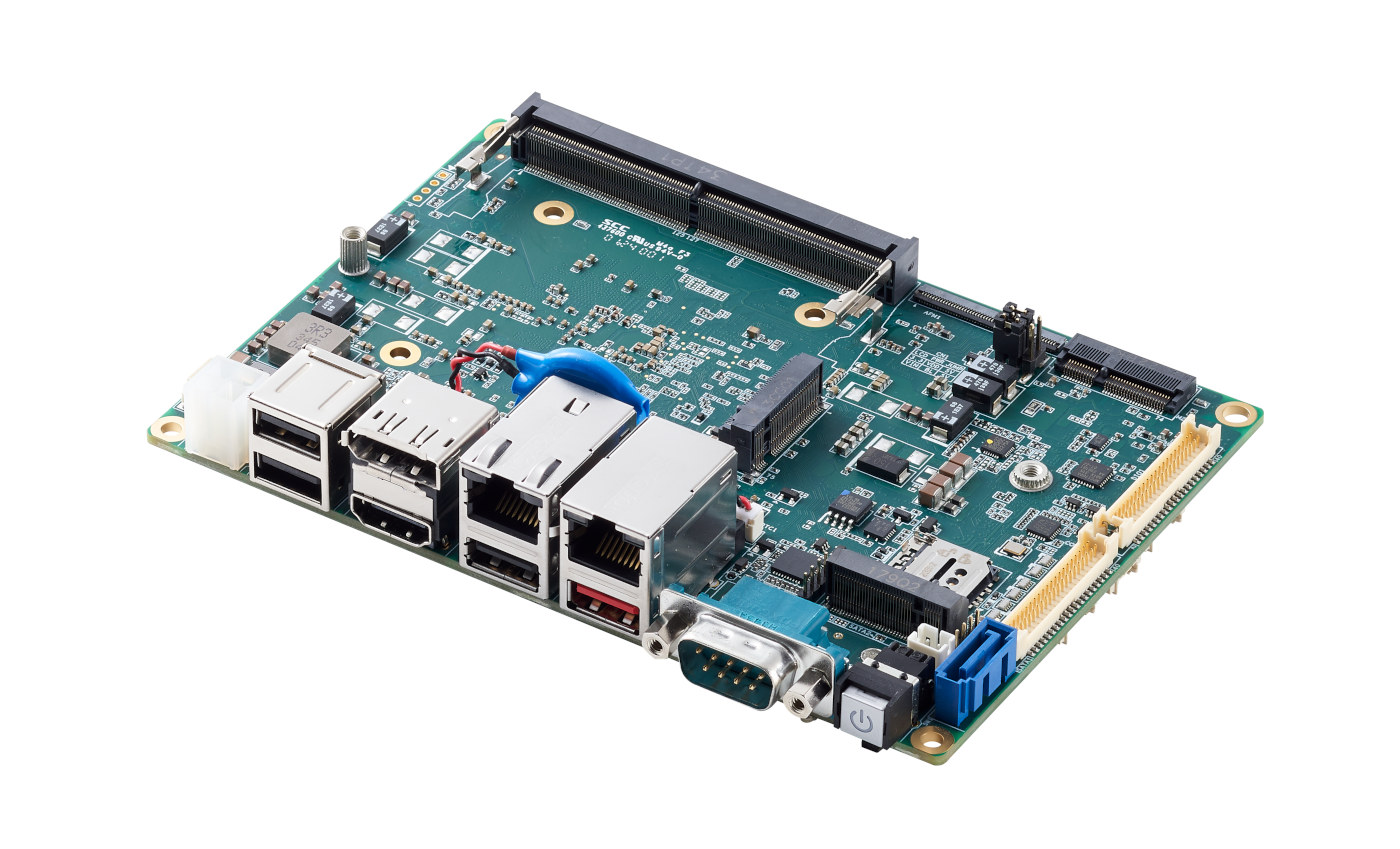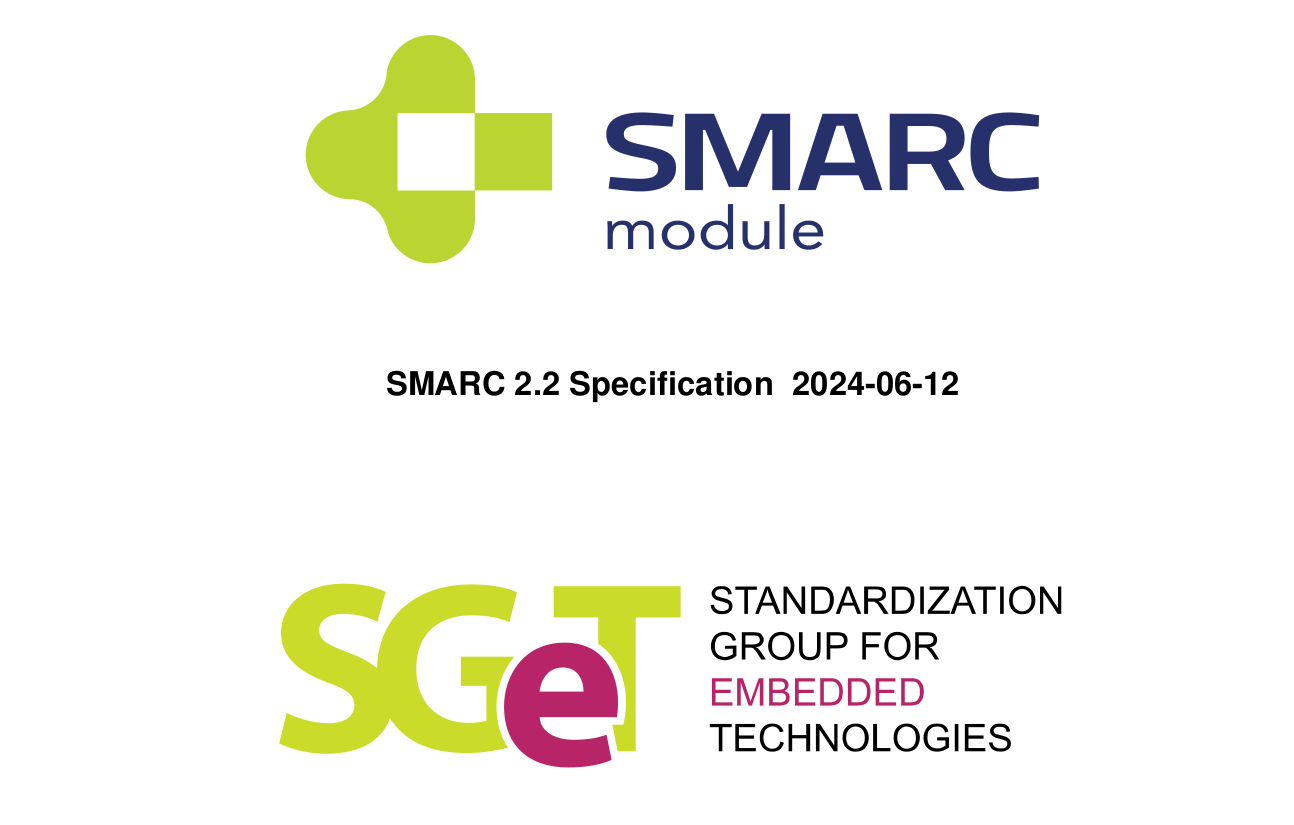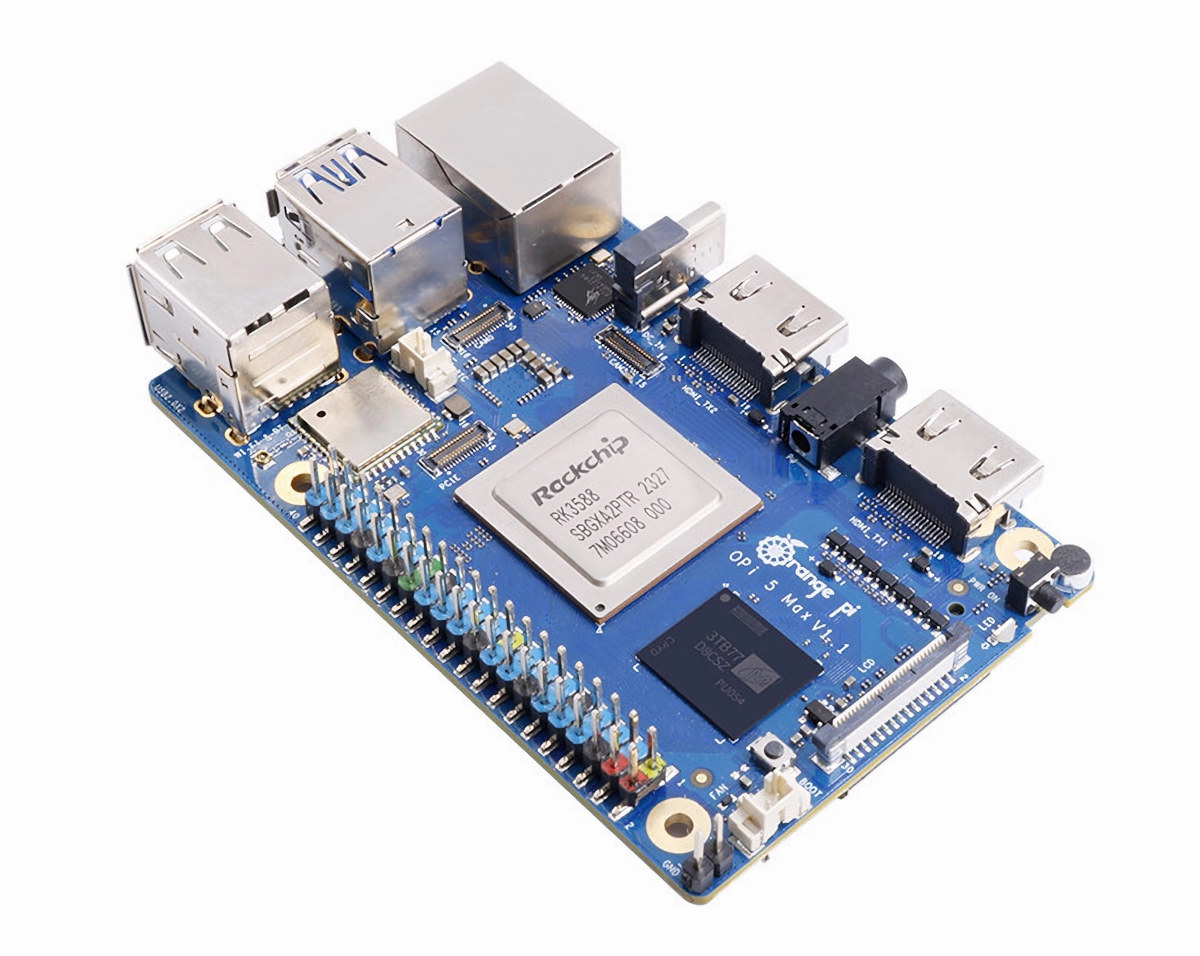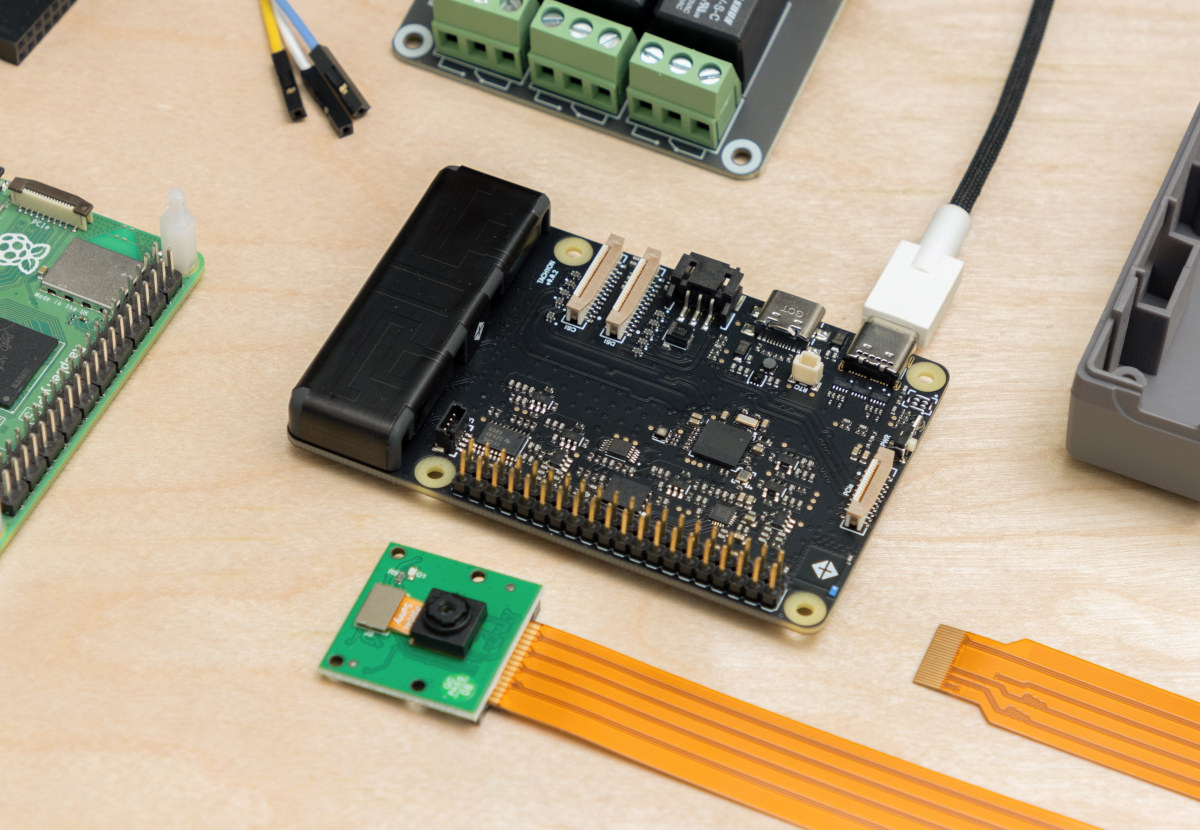Vecow has introduced the EVS-3000 series, a new line of AI computing systems powered by Intel Core i9/i7/i5/i3 (14th Gen) processors with embedded MXM graphics. These systems deliver high computing power, come with multiple PCIe slots for expansion, and support remote monitoring making them ideal for edge AI applications such as autonomous robotics, public security, and machine vision. The EVS-3000 series includes both fan and fanless models: EVS-3100, EVS-3200, EVS-3300, EVS-3400 without fans, and EVS-3100(F), EVS-3200(F), EVS-3300(F), EVS-3400(F) with fans. All systems are powered by Intel R680E chipsets and feature compact NVIDIA or AMD MXM graphics, with support for 2.5GbE LAN, Out-of-Band (OOB) management, and multiple PCIe Gen 4 slots. These systems deliver high performance for AI computing at the edge for applications such as machine vision and robotics. As you may know, we’ve previously covered several Vecow AI computing systems, including the TGS-1000 Series, SPC-9000 fanless embedded system, ECX-3200, […]
Raspberry Pi 5 PCIe HAT+ board features gigabit Ethernet, 4G LTE (mini PCIe), two USB 3.2 ports
Waveshare has recently introduced the PCIe to MiniPCIe GbE USB3.2 HAT+ for Raspberry Pi 5 adding gigabit Ethernet, a mini PCIe socket for 4G LTE, and two USB 3.2 Gen1 ports to the popular Arm single board computer. The HAT+ is compatible with IM7600G-H-PCIE/EG25-G-mPCIe series 4G LTE modules with 4G/3G/2G global band and GNSS positioning. Additionally, it has a gigabit Ethernet with an onboard RJ45 port, two USB 3.2 Gen1 ports, an onboard power monitoring chip, and EEPROM. All these features make this HAT useful for applications such as industrial routers, home gateways, set-top boxes, industrial laptops, industrial PDAs, and much more. We have previously written about many different types of HATs for the Raspberry Pi 5 designed by Waveshare including the Waveshare UPS HAT (E), the Waveshare PoE HAT (G), the Waveshare PCIe to USB 3.2 HAT+, and many other products. Feel free to check those out if you […]
Efinix introduces the low-power Topaz RISC-V SoC FPGA family for “high-volume, mass-market applications”
Efinix Topaz is a new low-power RISC-V SoC FPGA family manufactured with the same 16nm TSMC process as the Efinix Titanium SoC FPGA, but optimized for high-performance in a low-power footprint, and targetting high-volume, mass-market applications. The Topaz SoC FPGAs provide fewer features than the Titanium family but still offer up to four RISC-V hard cores, PCIe Gen3, MIPI interfaces, LPDDR4, LVDS, and 12.5 Gbps transmitter with most features being optional and depending on the exact SKUs selected. Efinix Topaz key features and specifications: FPGA compute fabric Up to 326,080 logic elements (LEs) Up to 19.22 Mbits embedded memory Up to 1,877 10-Kbit SRAM blocks Up to 1,008 embedded DSP blocks Memory – 10-kbit high-speed, embedded SRAM, configurable as single-port RAM, simple dual-port RAM, true dual-port RAM, or ROM FPGA interface blocks Optional 32-bit quad-core hardened RISC-V block (RISCV32I with M, A, C, F, and D extensions and six pipeline […]
MILK-V Jupiter review – A RISC-V mini-ITX motherboard and PC tested with Ubuntu-based Bianbu OS
In this review or preview of the the Shenzhen Milk-V Jupiter RISC-V mini-ITX motherboard, I’ll assemble the motherboard into a mini-ITX chassis, before installing the Ubuntu 23.10 Mantic-based Bianbu OS optimized for RISC-V platforms, and testing the device to see how much progress has been done on RISC-V since I tested the StarFive VisionFive 2 SBC with Debian 12 about 18 months ago. In the first part of the review, we checked out the Radxa ROCK 5 ITX (Rockchip RK3588 Arm) and Jupiter (SpacemIT K1 RISC-V) mini-ITX motherboards with specifications and unboxing, and the Auriga 6-Bay NAS mini-ITX chassis used in this review. I planned to start with the Radxa ROCK 5 ITX, but due to logistics and technical issues, I went ahead testing the RISC-V motherboard first. Installing Bianbu OS to the Jupiter RISC-V motherboard The board does not come with storage, so no operating system is installed. So […]
ADLINK SBC35-ALN 3.5-inch Intel N97 SBC features SBC-FM expansion connector with PCIe, USB, SMBus
ADLINK SBC35-ALN is a 3.5-inch Intel N97 SBC with up to 16GB DDR5, an M.2 socket for M.2 storage, and a custom SBC-FM expansion connector with PCIe Gen3 x1, USB 2.0, and SMBus interfaces. The 3.5-inch board also features two gigabit Ethernet ports, three display interfaces with HDMI, DisplayPort, and LVDS or eDP, several USB ports and RS232/RS422/RS485 serial interfaces, 40-pin box headers, and M.2 E-Key and B-Key sockets for wireless expansion. ADLINK SBC35-ALN specifications: SoC – Intel Processor N97 quad-core Alder Lake-N processor @ up to 3.6 GHz with 6MB Cache, Intel UHD Graphics; 12W TDP System Memory – Up to 16GB DDR5 4800 MHz via SODIMM slot Storage 1x SATA III + SATA power connector 256 Mbit SPI flash for BIOS Display 1x DisplayPort 1.4 1x HDMI 2.0 through DP to HDMI Redriver LVDS/eDP (default: LVDS) Supports 3 independent displays Audio Realtek ALC888S audio codec 1x Line-in, 1x […]
SMARC 2.2 specification adds support for Soundwire, PCIe Gen4, and more
SGET (Standardization Groups for Embedded Technologies) has announced the release of the SMARC 2.2 specification with various improvements including support for Soundwire, PCIe Gen4, and severa; other changes related to pinout definitions and signal descriptions, as well as various bug fixes and corrections. SMARC (“Smart Mobility ARChitecture”) is one of the many standards for systems-on-module designed to enable interoperability between vendors that offer modules compliant with the standard. SMARC features a 314-pin MXM 3.0 connector and is available in two form factors, either 82×50 mm or 82×80 mm, with the former being more common. SMARC 2.2 changes since SMARC 2.1 (April 2020): Removed wrong AC coupling comment in section 3.5.1 HDMI (SMARC 2.1.1 update) Added Soundwire as an alternative function for I2S2 Added SERDES reset signal as an alternative function of PCIe reset signal Added SERDES interrupt signals as dual-function on GPIO[7:8] Updated supported Ethernet speed and renamed the LINK […]
Rockchip RK3588-powered Orange Pi 5 Max SBC features up to 16GB LPDDR5, 2.5GbE, onboard WiFi 6E and Bluetooth 5.3
Initially teased at the Orange Pi Developer Conference earlier this year, the Orange Pi 5 Max SBC powered by a Rockchip RK3588 SoC is now available on Amazon and Aliexpress for $95 and up with 8GB or 16GB LPDDR5, and support for eMMC flash modules or soldered on eMMC flash. A 4GB RAM version is also planned for $75. The Orange Pi 5 Max is basically a cost-down version of the Orange Pi 5 Plus with fewer interfaces (e.g. 1x 2.5GbE vs 2x 2.5GbE, no HDMI input, etc..), higher bandwidth LPDDR5 memory, onboard WiFi 6E and Bluetooth 5.3, and a smaller form factor between Pico-ITX and credit card size. Orange Pi 5 Max specifications: SoC – Rockchip RK3588 CPU – Octa-core processor with 4x Cortex-A76 cores @ up to 2.4 GHz, 4x Cortex-A55 cores @ up to 1.8 GHz Arm Mali-G610 MP4 GPU with support for OpenGL ES1.1/2.0/3.2, OpenCL 2.2, […]
Tachyon is a business card-sized SBC based on Qualcomm QCM6490 Arm AI SoC with 5G and WiFi 6 connectivity (Crowdfunding)
Particle Tachyon is a credit card-sized SBC for AIoT projects powered by a Qualcomm QCM6490 octa-core Cortex-A78/A55 SoC with 12 TOPS of AI performance, 4GB RAM, 64GB UFS storage, and support for 5G cellular and WiFi 6 connectivity. The Tachyon integrates MIPI DSI and CSI display/camera interfaces, two USB-C ports including one with DisplayPort Alt mode, and also leverages some Raspberry Pi 5’s hardware features with a 40-pin GPIO header for HAT expansion boards and the 20-pin PCIe FFC for PCIe add-ons. Tachyon specifications: SoC – Qualcomm QCM6490 CPU – Octa-core Kryo 670 with 1x Gold Plus core (Cortex-A78) @ 2.7 GHz, 3x Gold cores (Cortex-A78) @ 2.4 GHz, 4x Silver cores (Cortex-A55) @ up to 1.9 GHz GPU – Adreno 643L GPU @ 812 MHz with support for Open GL ES 3.2, Open CL 2.0, Vulkan 1.x, DX FL 12 DSP – Hexagon DSP with dual HVX and 4K […]



